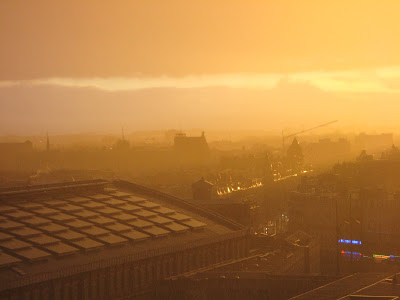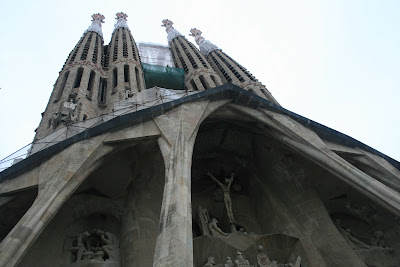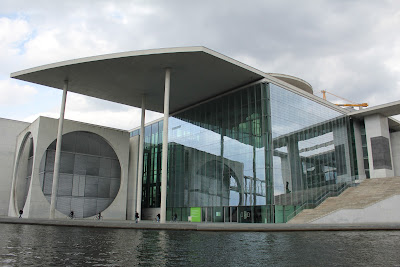"I would be amazed if someone who went on this trip said that they weren’t at all changed. From navigating the rail system to navigating a foreign language, we have all traversed as many challenges as we have boarders, and it is in facing these challenges that we have grown.
I now understand how different visiting a foreign country is to living in a foreign country. To visit a foreign country, one must plan ahead, arrange flights, search for places to eat and sleep, and structure the trip in order to get there, return, and in-between experience all that one hopes to experience from that city. To live in a foreign country means to not know what each day will be like. It means to not know where one will be in a week’s time or what challenges she/he will have to face every day. When one lives in a foreign country, his/her future is almost entirely unexpected.
When faced with the unexpected one can only rely on what resources his/her city provides.
Countless times we were faced with these unexpected challenges and we had only our knowledge of Lille to pull us through. When getting to school, we had to learn the city’s metro system. When getting food and supplies for our apartment, we had to learn where there was a reliable market and how often to go. When traveling to and from Lille, we had to learn through trial and error when to book train reservations, when and how to catch the train and how to get back. Even something as simple as getting a cup of coffee becomes a new challenge in a foreign country. Before we arrived in Lille we had no idea how to meet these unexpected challenges, but now, having lived in this city for three months, when the unexpected train journey must be booked or we search for a spontaneous cup of coffee, we have tools at our disposal to navigate the city and face any unexpected challenge without fear.
To face these challenges is the reason students from all over the world choose to study abroad. To study in a foreign country means facing challenges one would could never experience at home. When studying abroad, everything we take for granted becomes a challenge. Food, coffee, sometimes even using the restroom becomes a challenge. However, this is why we chose to study abroad; to rise to the challenge and change the way we experience and understand everyday life.
As students of architecture who have studied abroad, we now have a deeper understanding of what it takes to live. We understand how a different city changes the way people live and how a different language changes what me must do in order to live. We all have survived our three months abroad. We have all changed the way we live in order to meet the most unexpected challenge of all... everyday life. It is impossible to live for three months in a foreign country and not be changed. In my three months I have met incredible students who have thought me things I could never have learned anywhere else, I have learned things about myself I had never known before, I have embarrassed myself countless times, I have seen things which have taken my breath away, and fallen forever in love with the city of Lille. I know beyond a shadow of a doubt that I have changed, and I wouldn’t give up that change for anything." - Ari Anderon
As students of architecture who have studied abroad, we now have a deeper understanding of what it takes to live. We understand how a different city changes the way people live and how a different language changes what me must do in order to live. We all have survived our three months abroad. We have all changed the way we live in order to meet the most unexpected challenge of all... everyday life. It is impossible to live for three months in a foreign country and not be changed. In my three months I have met incredible students who have thought me things I could never have learned anywhere else, I have learned things about myself I had never known before, I have embarrassed myself countless times, I have seen things which have taken my breath away, and fallen forever in love with the city of Lille. I know beyond a shadow of a doubt that I have changed, and I wouldn’t give up that change for anything." - Ari Anderon



























































